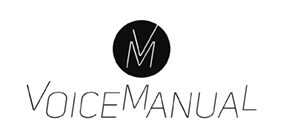Twang, squillo, singer’s formant… There are several different ways to call twang depending on the context. Twang element is heard in different music styles from rock and etno music to musicals and opera. What is twang and why do singers use it?
What Is Twang?
The definition of twang varies to some extent but usually it describes the bright and piercing element of the voice. Thanks to twang singers and speakers are better heard even in a noisy situations, like an opera singer performing with a big orchestra.
Sometimes twang is misunderstood as a nasalized sound. Those two are however two different things even though twang is often heard as a nasalized version. Twang is a consequence of a narrowing in the vocal tract and the sound becomes nasalized when the air flows also through the nose when singing.
Why Is Twang Used In Singing?
Twang element in the voice makes it better heard. Therefore it is usually apparent when singing loud from rock music to opera stages. Twang is also a great help for diction to any performer who uses his or her voice on stage or choirs that sing in places that have a lot of echo like big churches.
Twang helps to equalize the voice from the lower part to upper notes so that register changes are not heard clearly. Many singers find it easier to sing high notes by adding twang to their voice. It can also help to make the voice less breathy.
How To Create Twang?
Using twang is usually learned by imitating. When learning it self monitoring is essential in order to find an economical and sustainable way to use it. Getting help from a singing teacher is advisable here.
Read more:
Twang – Complete Vocal Institute
The twang factor in country music
Source and filter adjustments affecting the perception of the vocal qualities twang and yawn
Nasality in modal speech and twang qualities: Physiologic, acoustic, and perceptual differences
A Novel Treatment for Hypophonic Voice: Twang Therapy
The Estill Voice Model: Theory & Translation Book
If you would like to learn more about how to create twang and how to use it for your advantage in singing or speaking, whether you were a classical, musical theater or pop/rock singer, or a speech pathologist, we recommend attending an Estill Voice Training Level One Course online on June 3-5.
